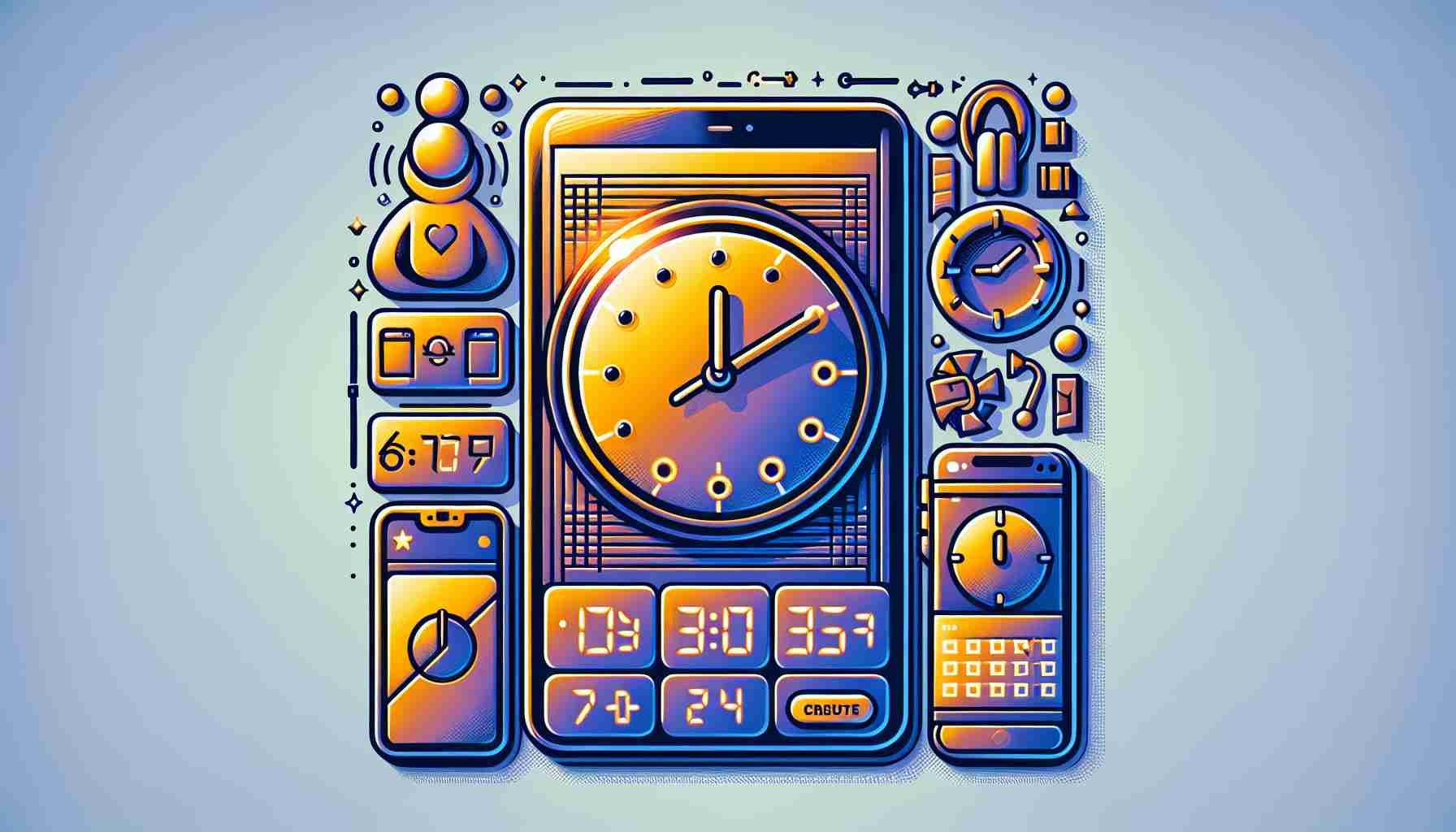In today’s fast-paced world, smartphones play a pivotal role in our routines. They serve multiple purposes, from communication to online transactions, shaping how we interact with the world. However, continuous smartphone use can lead to excessive screen time, which may affect mental health and productivity. If you notice that your phone habits need refining, making simple adjustments can significantly help.
For users of Android devices, regulating your app usage is straightforward. Begin by accessing the settings menu on your smartphone. From there, locate the “Digital Wellbeing and Parental Controls” section, which provides tools to monitor your digital behavior.
Within this menu, explore the “App Limits” feature. This allows you to establish time constraints for specific applications. For instance, you might decide to restrict your social media engagement to just 30 minutes each day. Once you have set your preferences, the app icon will change to grey when you have reached your designated time, effectively reminding you to step away.
This function was created to empower users and promote a healthier relationship with technology. By tracking and limiting your daily app use, you can cultivate a more balanced lifestyle.
In parallel, individuals are encouraged to report any spam communications through official government platforms, ensuring a safer digital experience for everyone.
Smart Strategies to Manage Your Screen Time Effectively
In the digital age, where screens dominate our daily activities, finding effective ways to manage screen time has never been more crucial. Here are some valuable tips and interesting facts that can help you maintain a healthier balance with technology, whether at work, school, or in life in general.
1. Set Clear Screen Time Goals
Establish specific, measurable goals regarding your screen time. For example, decide to limit recreational screen time to two hours a day. By having clear targets, you’ll be more motivated to stick to your plan.
2. Use Built-In Features Wisely
Most smartphones and operating systems come with built-in tools to help manage device usage. Features like “Screen Time” on Apple devices or “Digital Wellbeing” on Android not only allow you to monitor time spent on apps but also help you set limits. Make it a habit to check these insights regularly to help you understand your usage patterns better.
3. Create a Screen-Free Zone
Designate areas in your home or school as screen-free zones, such as the dining room or bedroom. This encourages face-to-face interactions and promotes better sleep hygiene, as using screens close to bedtime can interfere with sleep quality.
4. Schedule Device Downtime
Incorporate regular breaks from screens throughout your day. Whether it’s a short walk or a quick stretching session, taking breaks can enhance your focus and productivity, reducing the likelihood of burnout from constant screen exposure.
5. Engage in Alternative Activities
Find hobbies that do not involve screens. Reading, painting, or exercising can provide fulfilling and enjoyable experiences without needing digital devices. Engaging in these activities can also help you to unwind and recharge mentally.
6. Adjust Notification Settings
One of the main culprits for increased screen time is unnecessary notifications. Go into your settings and turn off non-essential notifications. This small adjustment can minimize distractions and help you focus on the most critical tasks at hand.
Interesting Fact: Studies show that excessive screen time can lead to increased symptoms of anxiety and depression. By reducing screen time and promoting healthier digital habits, individuals can significantly enhance their mental well-being.
7. Practice Mindful Technology Use
Become more conscious of your screen habits. Ask yourself if the content you’re consuming is adding value to your life. By identifying mindless scrolling or binge-watching, you can consciously decide to engage more meaningfully with technology.
8. Encouraging Family Involvement
If you have children, involve them in discussions about screen time. Establish family rules that prioritize healthy digital habits. By creating a shared understanding, everyone can work together to support one another in maintaining a balanced lifestyle.
For more tips and insights on managing your digital life, visit World Health Organization.
By implementing these strategies, you can take control of your screen time and create a more balanced routine that enhances both your personal and professional life. Remember, technology should serve you, not the other way around!























